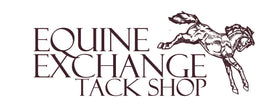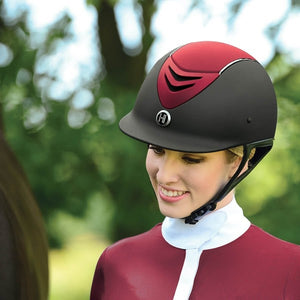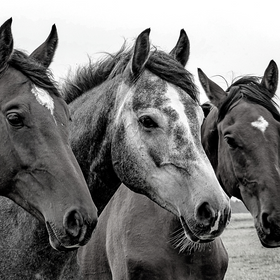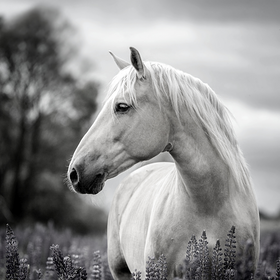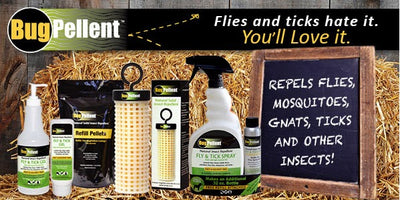
How to Pick the Right Hay & Supplements for Your Horse
Picking the right feed for your horse can be a challenge. The first consideration is type of hay — which comes in two basic groups — grass and legume. Grass hay includes timothy, brome, fescue (not safe for broodmares!!), bermuda, and orchard grass. It is low in protein, energy, less nutrient dense and high in fiber. In general, grass hay is sufficient for an adult horse that simply needs to maintain weight or is in light work. Legume hay includes alfalfa, birdsfoot trefoil, and various types of clover. It is high in protein, energy, calcium, Vitamin A and is nutrient dense. Legume hay is generally recommended for horses that need a higher calorie intake, such as nursing mares, horses in heavy work, or hard keepers.
As you begin to adjust or build your horse’s diet plan, consider what your horse is currently eating and how they are responding. Is your horse a hard keeper, easy keeper or just needs to maintain? What type of exercise does your horse get? Is your horse growing, an adult, broodmare, or a show horse? What types of hay are consistently available in your area?
Your horse’s vet and trainer are also excellent resources for building this diet plan. Using their expertise, they can help build a safe, nutritious and cost-conscious diet for your horse. Horses, generally, need to consume between 1.8%-3.2% of their body weight in feed per day (ponies and donkeys have slightly different requirements). Most experts recommend that at least half of this intake is made up of roughage (hay). Keep in mind that this percentage gives you a place to start, but is not the ultimate rule for feeding your horse. You may need to adjust for your specific horse, work load, living conditions and quality of feed available.
There are also many equine feed calculators available online to help determine the right amount of hay, grain and any supplements for your horse.
Once you have selected the right type of hay for your horse, you’ll want to look at the overall quality of the hay through look, smell and feel. Here are some tips for picking the best hay:
- Choose soft hay that is leafy with fine stems
- Avoid sun-bleached hay - sun-bleaching removes a lot of the nutrients from the hay. Check the interior of multiple bales to see if the hay has been excessively sun-bleached
- Of course, avoid hay that smells moldy or musty - aside from lack of nutrients, moldy hay can cause colic
- Check for excessive amounts of weeds and debris (or trash)
- Check for moisture - this can ultimately cause mold and is a big fire hazard!
- Buy hay that was cut in the same year - this will have the highest level of nutrients
- Make sure hay was stored in a dry location - also make sure you have a dry location for storage at the barn
- If you are concerned about nutrition levels, you can send out samples for testing. Some feed stores will have these nutrition facts available for each load of hay delivered.
